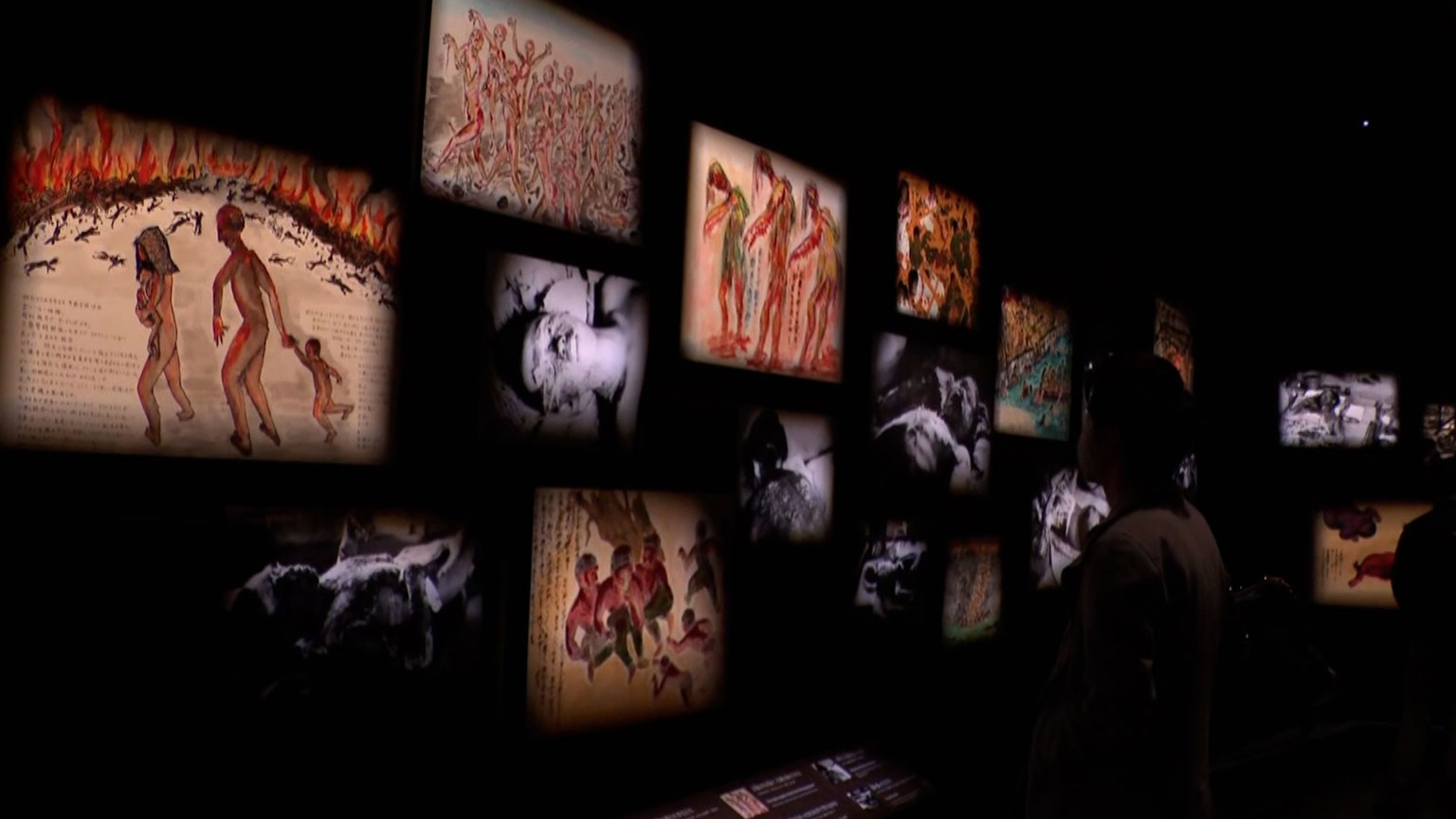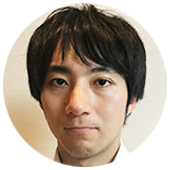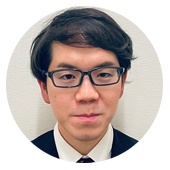Members show reluctance
Kishida, elected to office by voters in Hiroshima city, has made "nuclear abolition" his life's work.
Holding a summit in his home city has been on his agenda ever since taking office as prime minister two years ago. In particular, he has repeatedly stressed the importance of leaders visiting the Hiroshima Peace Memorial Museum. "We must show them the reality of atomic bombings," he has said.
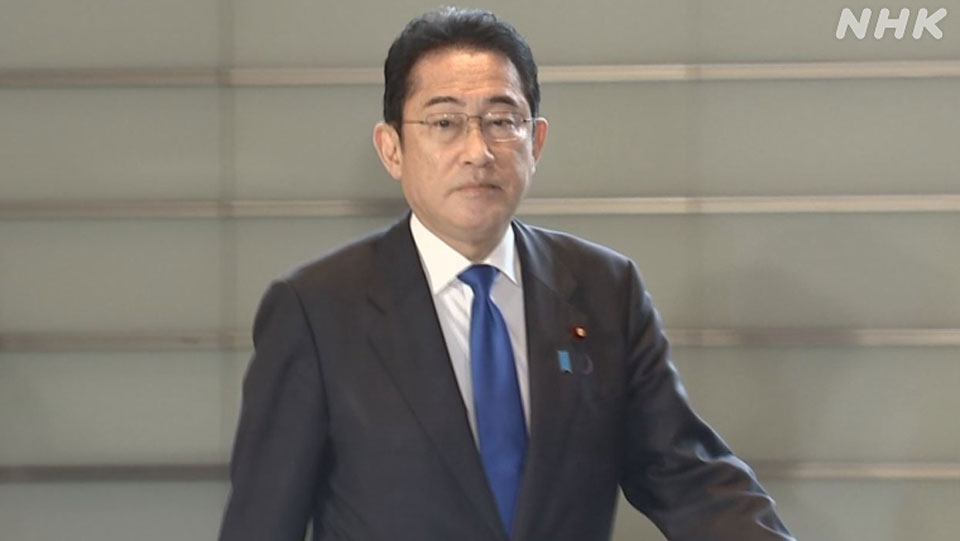
Difficult negotiations
Officials at the Foreign Ministry began sounding out G7 member countries, but negotiations quickly got bogged down. Aides say Kishida became frustrated by the lack of progress, with the US, but also France and Britain, all showing reluctance to take part.
The US, which dropped the atomic bombs on Hiroshima and Nagasaki 78 years ago, is the world's top nuclear power along with Russia. France and Britain are also in the nuclear arms club.
That makes Kishida's invitation problematic for these nations. "The museum has exhibits that convey the tragedy of the atomic bombing," said one Japanese official. "There is a concern that if a leader visits the site, it could undermine their country's position on nuclear weapons as a justified need for deterrence."
G7 summit to take place amid war in Ukraine
Japanese negotiators believed their trump card to achieving consensus was the Ukraine issue.
As the invasion dragged on, Russia threatened to use nuclear weapons — a call loudly condemned by all G7 countries.
"The first step toward nuclear abolition is to stop threatening the use of nuclear weapons," said an official privy to the talks. "We emphasized that we wanted to make this year's summit a place to send out that message."
At the same time, Japanese officials were at pains to assure their counterparts that a visit would not be interpreted as a call for each nation to immediately abandon nuclear weapons.
It was a tight line to walk, but it seemed to pay off. Kishida's aides got the green light in late December, more than six months after the start of negotiations. If it actually happens, this will be the first time for all G7 leaders to visit the museum together.
Next challenge: What to see
The Hiroshima Peace Memorial Museum has two buildings, the east and the main.
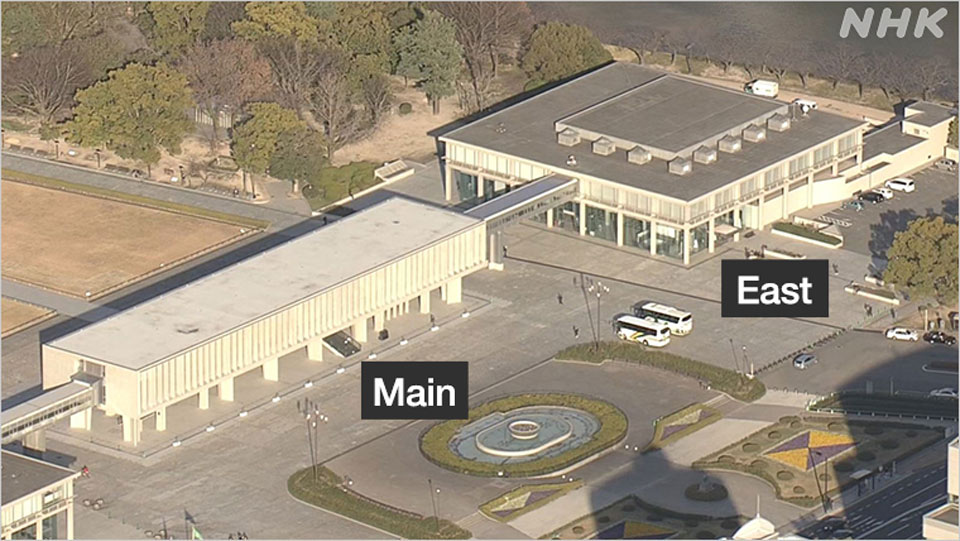
The main building displays photographs of the city of Hiroshima and the survivors after the bombing. Among the harrowing exhibits are clothes of victims and a charred tricycle that belonged to a child who was killed in the blast.
The Japanese government wants the leaders to step into the main building to take a close look at those displays.
Some countries have objected. Even if their leaders visit the museum, they want them to see only a few selected exhibits and avoid spending too much time in the main building.
"In the US, there is a deep-rooted opinion that dropping atomic bombs was necessary to end the war with Japan sooner," says one official from the host nation. "The US will hold a presidential election next year. It is probably concerned that the visit will influence public opinion in the country."
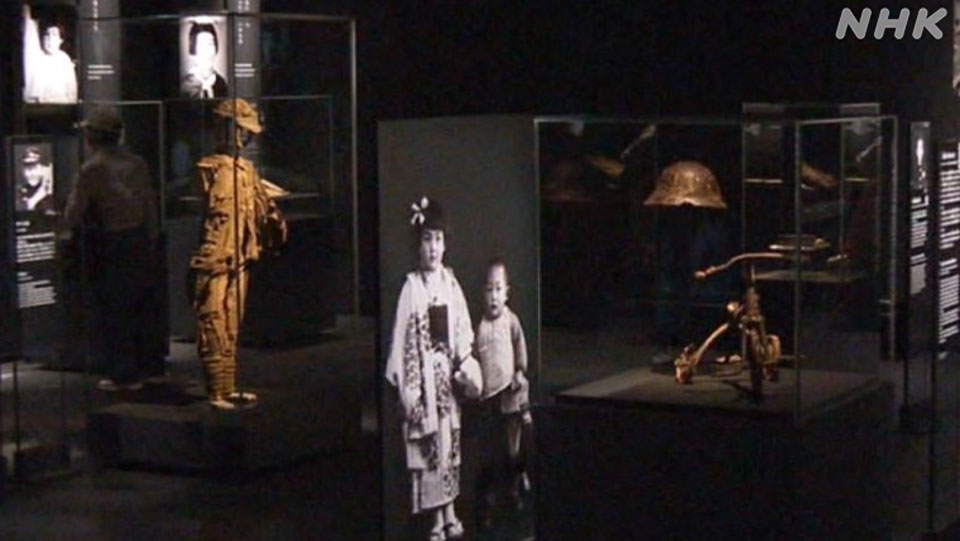
Obama's museum visit was brief
In 2016, then-president Barack Obama became the first — and only — US leader to visit Hiroshima's landmark museum.
Kishida, who was foreign minister at the time, acted as Obama's guide on that day. He has never revealed what he and his Washington guest talked about during the tour.
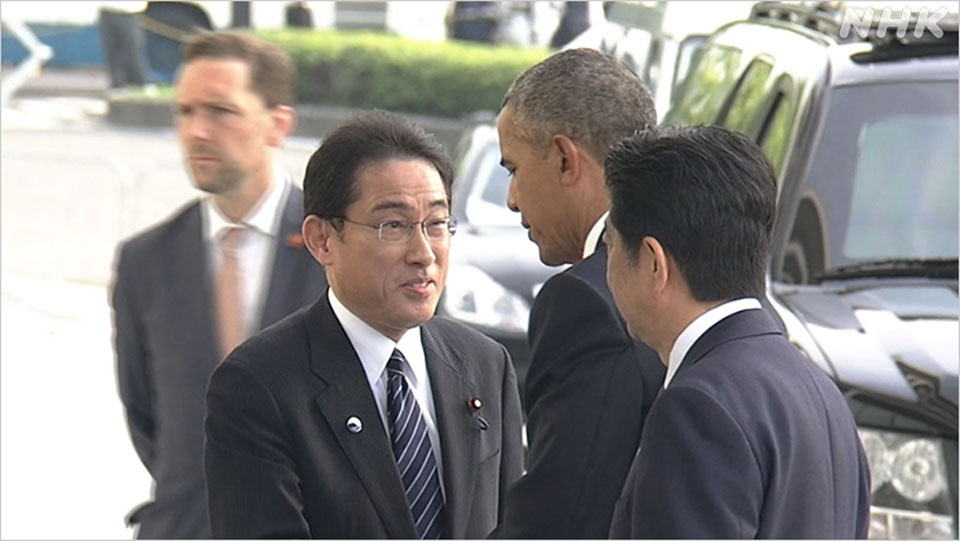
According to one Foreign Ministry official, Obama only spent a short time in the east building and is believed not to have entered the main building.
"Prime Minister Kishida was deeply moved by having invited the President of the United States to Hiroshima and the opportunity to convey the damage caused by the atomic bombing," one official said. "On the other hand, he might have had regrets, he wants the leaders to know more about the reality of the devastation."
Kishida's trip to Ukraine
Kishida remained hopeful, despite aides reporting that it would be difficult to convince the US president to visit the main building.
A visit to Ukraine in March only boosted his resolve. His destinations included Bucha on the outskirts of Kyiv, where Russians troops are alleged to have massacred civilians. Stopping at a church, he laid wreaths on victims' graves.
"I've never seen Prime Minister Kishida's expression so stern," said one official who was accompanying him. "It reinforced his belief in the significance of visiting the museum during the upcoming G7 summit."
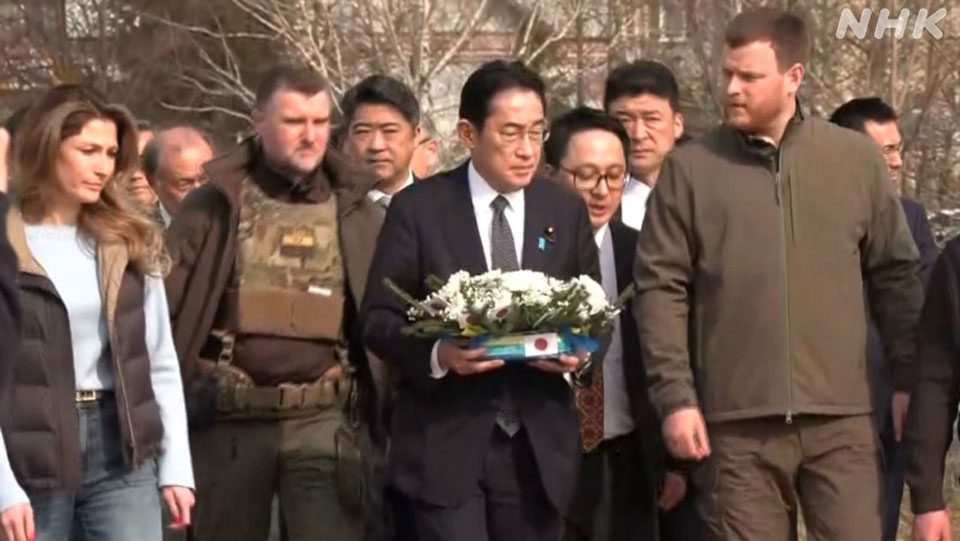
A visit to the museum is planned for the first day of the summit. But with less than a week to go, there is still no decision on whether the leaders will enter the main building.
A government official said: "Intense talks are still going on and nothing has been settled. It seems that going to the main building remains a pretty high hurdle."
But the Japanese side is concerned that if they push too hard, some G7 leaders will cancel the museum trip altogether.
Whatever the outcome, Kishida is determined to get his message across. The Japanese government is now urging members to issue an outcome document on nuclear disarmament and non-proliferation in addition to the Leaders' Declaration.
